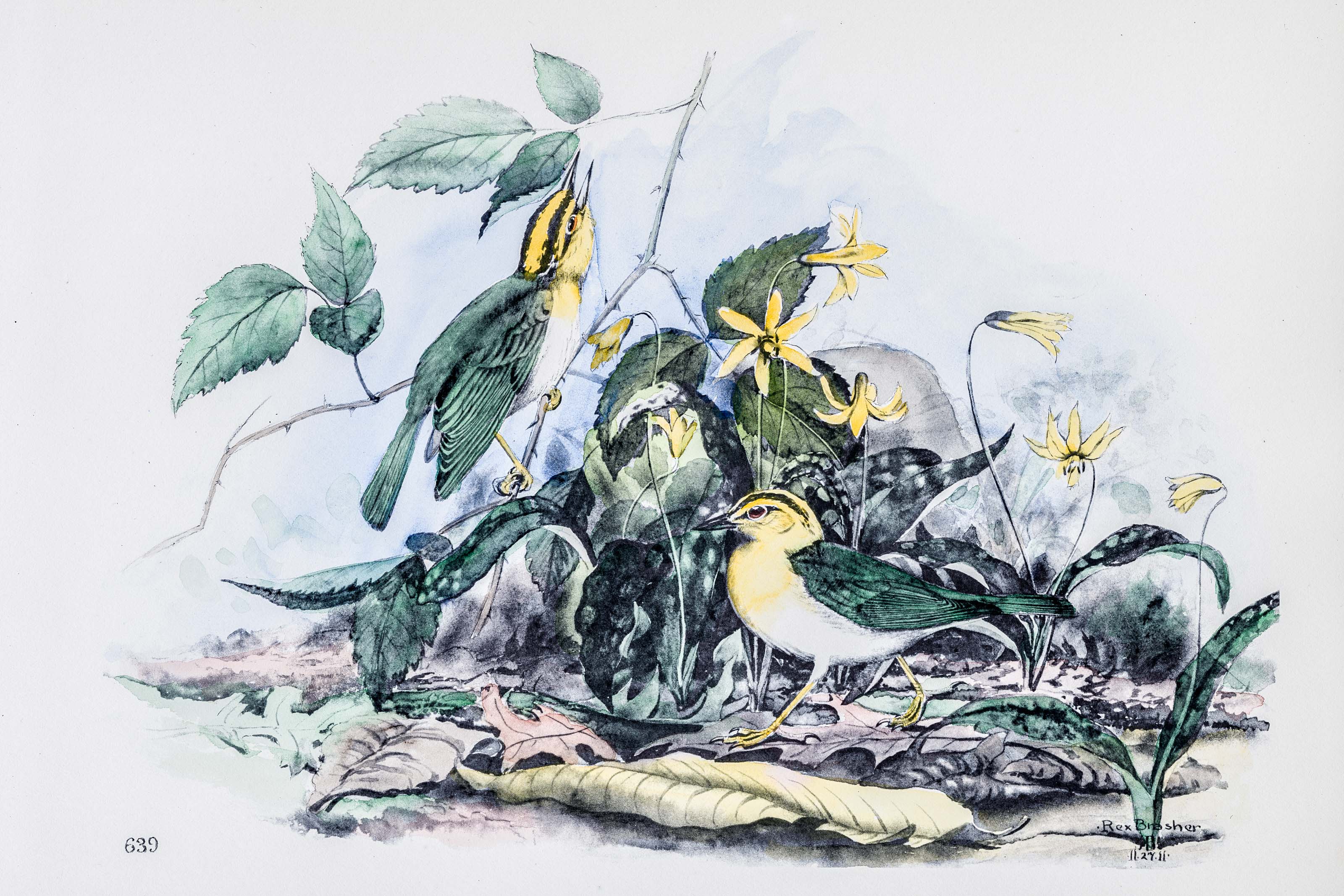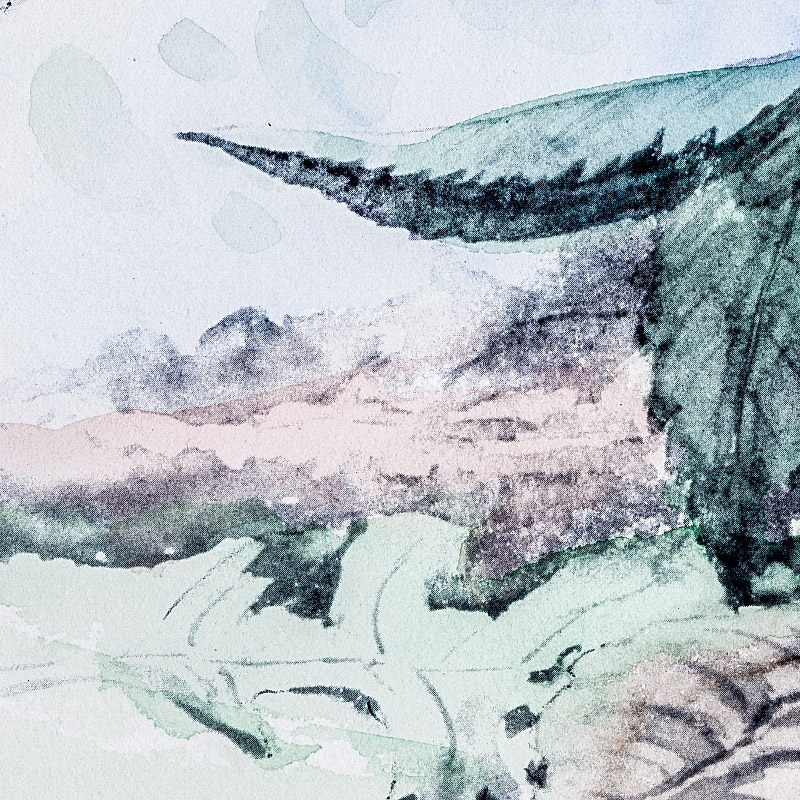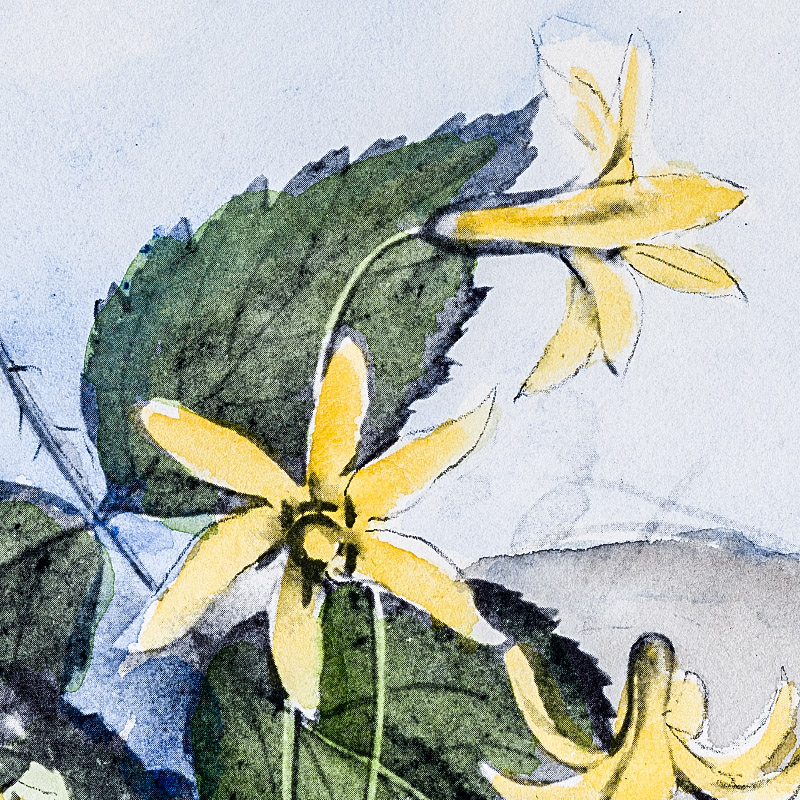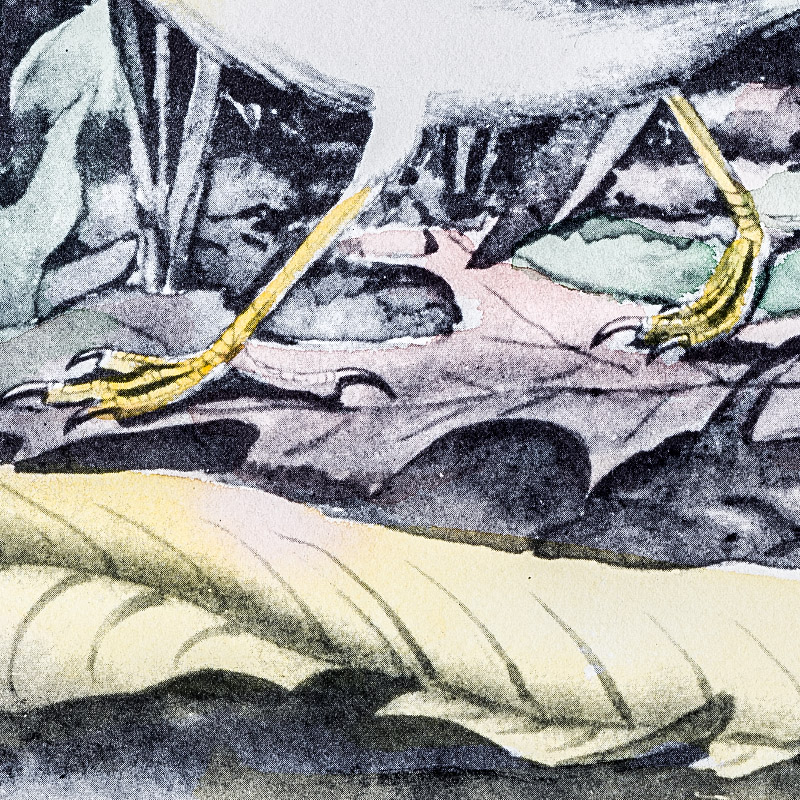






Unknown
1930
11
639
A team of dedicated board members, volunteers, and student interns has published every page in Volume 9. This volume includes 360 images of paintings and lyrical descriptions of birds, now available online for everyone to enjoy anywhere in the world. This is a monumental task. Each volume requires approximately 400 hours to photograph, edit, transcribe, catalog, and publish online. We need your support to complete this work.
If you're tech-savvy, have a good eye, are meticulous with details, and love structured data, please consider volunteering by emailing us at hello@rexbrasher.org.
We encourage all bird lovers and supporters to consider a monetary donation to support our mission to make Rex's work available for everyone. You can provide a one-time or recurring donation online.
Brewster's description of this bird is so accurate as to merit full reprint:
The tail is habitually carried considerably above the line of the back, giving them a smart jaunty air and in a clear light the crown markings are conspicuous; seen as they usually are, however, dimly flitting thru the gloom and shadow of thickets, the impression received is that of a dark little bird which vanishes unaccountably, leaving you quite uncertain where to look for it next; indeed I hardly know a more difficult bird to study, for the slightest noise sends it darting off thru the woods. Occasionally you will come upon one winding around a tree trunk exactly in the manner of the Black and White Warbler and moving out along the lateral branches nimbly, peering alternately under the bark on either side, returning to the main stem and then perhaps hopping back to the ground again. On such occasions they rarely ascend more than eight or ten feet. The males are very quarrelsome, chasing each other thru the woods with loud sharp chirpings, careening with almost inconceivable velocity up among the tops of the highest oaks or darting thru thickets with interminable doublings until the pursuer, growing tired of the chase, alights on some low twig and in token of his victory utters a warble so feeble that you must be very near to catch it at all, a sound like that produced by striking two pebbles quickly but gently together, resembling the song of the Chipping Sparrow at a distance.
Their flight song is much stronger and more varied, altho rarely given. In this performance they do not rise above tops of the trees (like the Maryland Yellowthroat) but content themselves with a straightway course fifteen or twenty feet above the ground.
They are silent during July but have a second song period commencing about the middle of August and lasting until the beginning of September.
NEST: On the ground, usually on a wooded hillside and near a stream or swamp; built externally of decayed leaves and generally lined with flower stalks of the hair moss.
EGGS: Three to six; white, sparingly or profusely marked with spots; the spots of red brown, pale purple and reddish, occasionally tending to form a wreath around the larger end.
Eastern North America, north to southern New England and Nebraska; west almost to the Plains. A few winter in southern Florida.